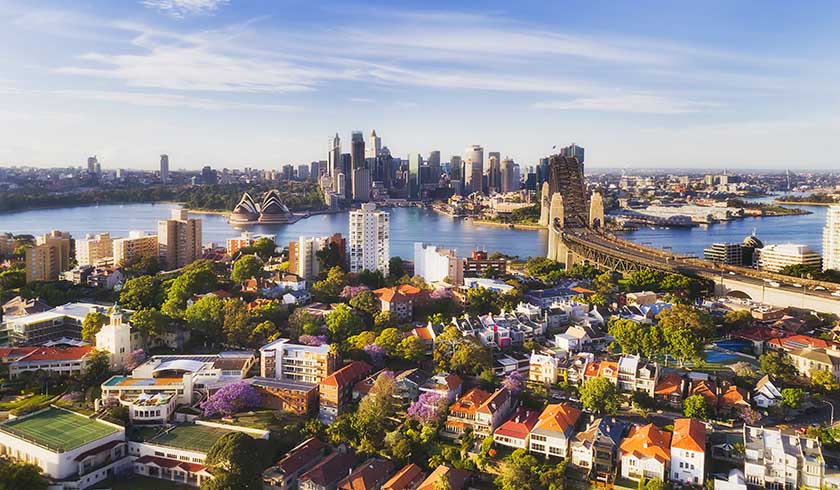Sydney lags as rents continue to recover from pandemic
The Sydney rental market is continuing to lag behind the rest of the country, official figures have revealed.

The latest consumer price index (CPI) data released by the Australian Bureau of Statistics (ABS) showed that rental yields for investors in Sydney are now down 2.9 per cent over the last 12 months.
CPI data, which is how Australia measures inflation, is significantly lower than economists expected, which could lead to the RBA being slow to raise rates.
According to new data from the Australian Bureau of Statistics, headline inflation rose just 0.6 per cent over the March quarter to 1.1 per cent annually, which is well down on the 0.9 per cent rate recorded over the December quarter and the second consecutive fall in the series.
However, while inflation as a whole disappointed most economists, the latest quarterly CPI figures showed that rental markets are continuing to recover from the COVID-19 pandemic.
REIA president Adrian Kelly said the capital city weighted average showed that rents remained unchanged for the March quarter following an increase of 0.1 per cent in December 2020.
“Only Sydney had a fall of 0.5 per cent for the March quarter – its sixth quarter of falls. Hobart had the largest increase of 1.1 per cent for the quarter followed by Perth and Brisbane at 0.7 per cent,” Mr Kelly said.
Mr Kelly said the housing group increased in the March quarter by 0.1 per cent but decreased by 1.1 per cent of the year.
He also pointed out the low inflation rate will further ease pressure on the RBA to lift interest rates even though the price of housing continues to grow.
“The CPI figures for March tell us that there will be no pressure on interest rates for some time and that the rental market is improving,” he said.
“The latter reinforced by ABS housing finance figures showing increased interest by investors.”
“Speculation that the likelihood of rising March quarter inflation data would signal the prospect of interest rate rises has predictably once again fallen well wide of the mark,” Dr Andrew Wilson, chief economist at Archistar, said.
The underlying inflation rate also fell over the March quarter, down from 0.4 per cent to just 0.3 per cent, reinforcing the ongoing chronically stagnant state of prices growth despite a reviving economy.
“The outlook for interest rates clearly remains subdued and likely to remain at current levels for years – and beyond the current expectations of the RBA,” Dr Wilson concluded.

